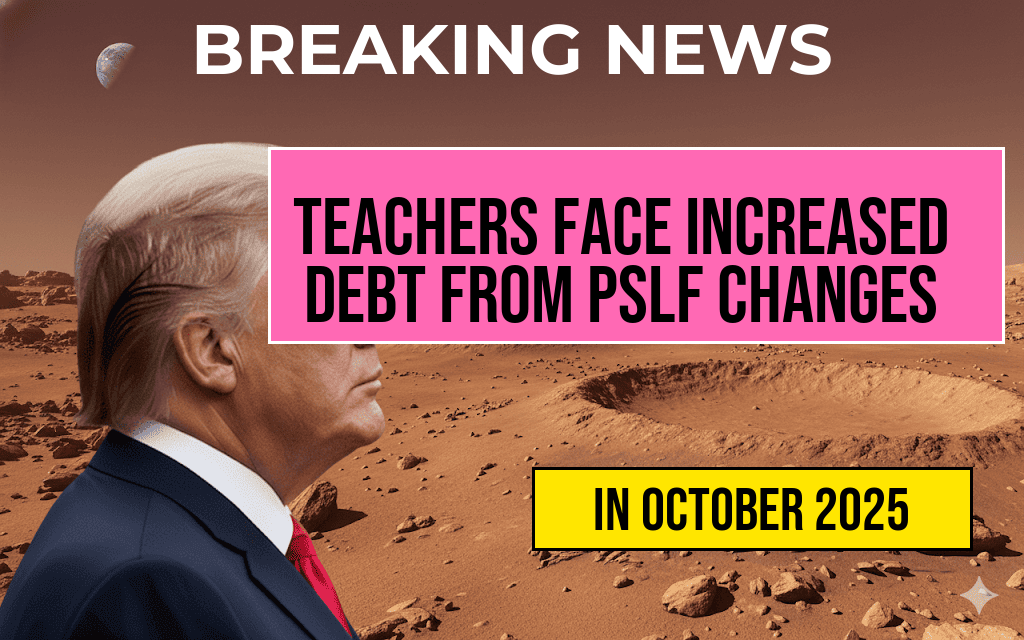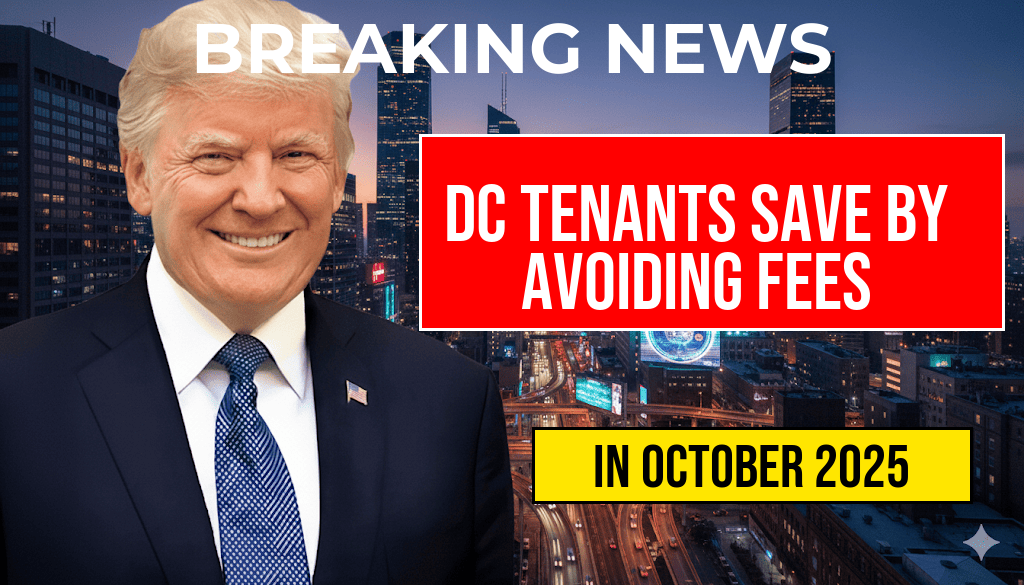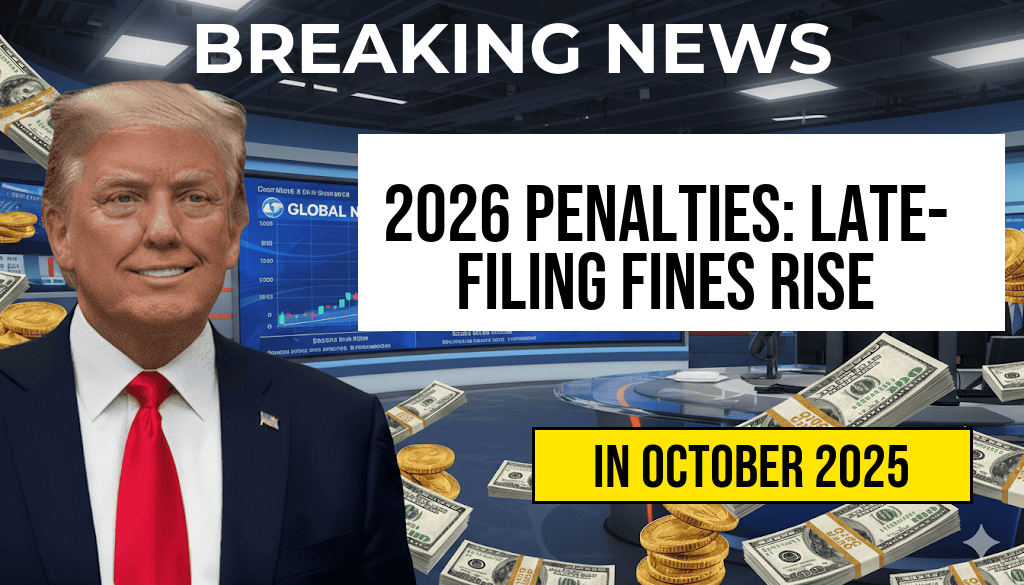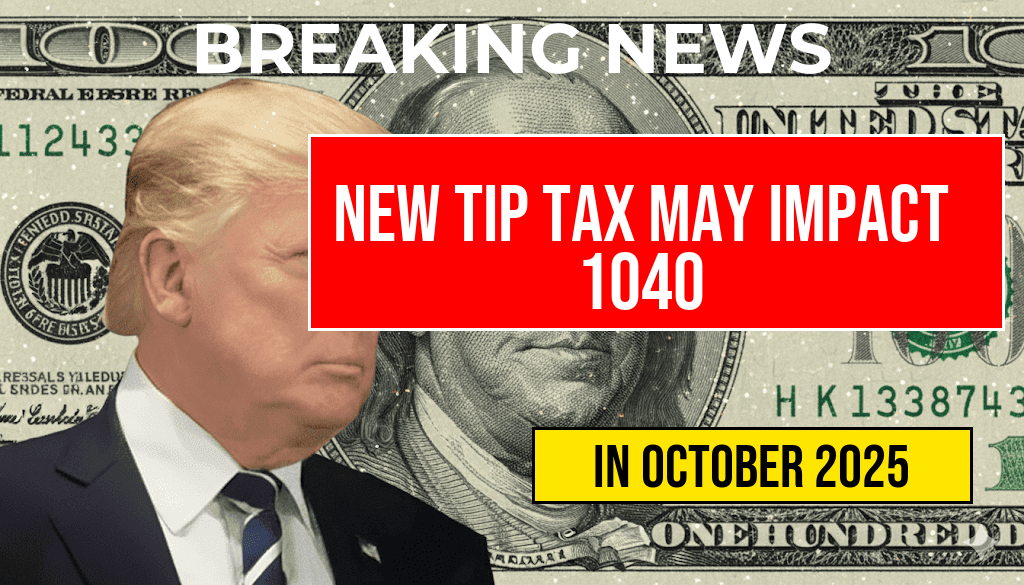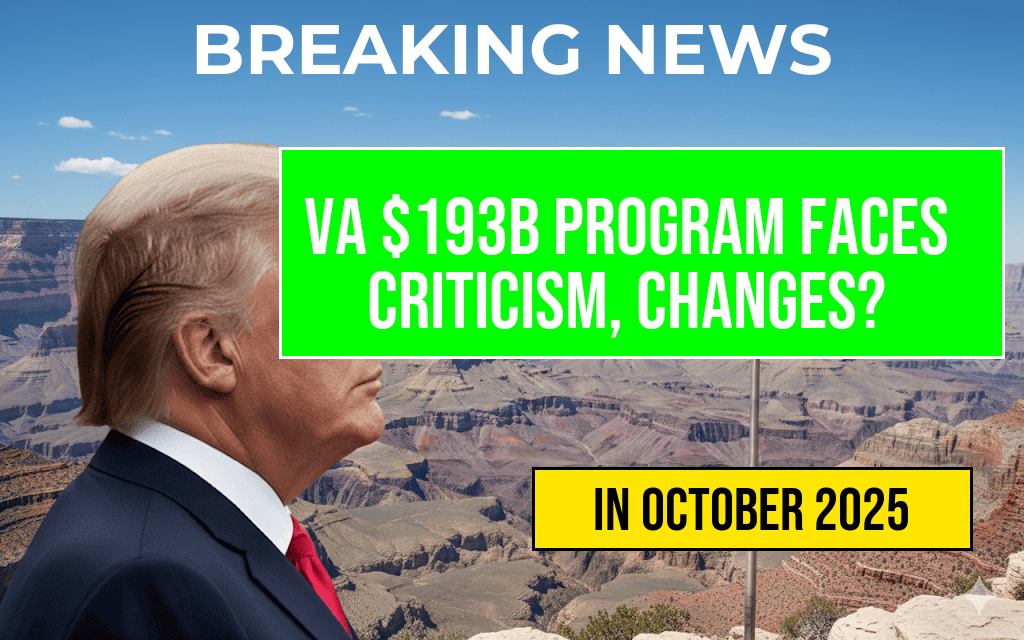Recent changes to the Public Service Loan Forgiveness (PSLF) program are raising concerns among educators, as new restrictions could lead to teachers facing thousands of dollars in student loan debt for extended periods. The PSLF program, designed to assist public service employees in eliminating student debt after ten years of qualifying payments, has undergone modifications that may unintentionally burden educators further. With many teachers already grappling with the financial strains of student loans, the new rules could result in even longer repayment timelines, impacting their ability to invest in their careers and personal lives.
Understanding the New PSLF Restrictions
The PSLF program was established to encourage individuals to pursue careers in public service by offering loan forgiveness after ten years of qualifying payments. However, the recent updates have tightened the eligibility criteria, leaving many teachers unsure about their status in the program. Key changes include stricter requirements for what constitutes a qualifying payment and an increased emphasis on the types of loans eligible for forgiveness.
Key Changes to the PSLF Program
- Qualifying Payments: Under the new guidelines, only payments made under specific repayment plans are eligible. This change has disqualified many payments that teachers previously believed would count toward their ten-year requirement.
- Loan Types: The program now restricts eligibility to certain federal loans, excluding others that many educators may have taken out, resulting in unexpected debt accumulation.
- Documentation Requirements: Increased documentation requirements mean that teachers must provide more evidence of their employment status and payment history, which can be burdensome and confusing.
Impact on Teachers’ Financial Health
The ramifications of these restrictions are significant. Many teachers, who often earn lower salaries compared to their peers in other professions, are now finding themselves in precarious financial situations. The prospect of extended repayment periods can lead to increased interest accrual, compounding the financial strain on educators.
Statistics on Teacher Debt
| Year | Average Student Loan Debt | Percentage of Teachers in Debt |
|---|---|---|
| 2020 | $30,000 | 64% |
| 2021 | $32,000 | 66% |
| 2022 | $34,500 | 68% |
Educators Speak Out Against Changes
Educators across the country have voiced their frustrations regarding the modifications to the PSLF program. Many feel that the changes disproportionately affect teachers, who are already underpaid and overworked. “It feels like we are being punished for choosing a profession that serves our communities,” said Sarah Thompson, a high school teacher in Ohio. “The promise of loan forgiveness was one of the reasons I entered this field, and now it feels like that promise is being taken away.”
Advocacy for Reform
In response to these changes, several educators’ unions and advocacy groups are pushing for reforms to the PSLF program. They argue that the original intent of the program—to support public servants—should be upheld and that the recent alterations run counter to that mission. “We must ensure that those who dedicate their lives to serving others are not further burdened by student debt,” stated Mark Johnson, an advocate for educational reform.
What Teachers Can Do
In light of the recent changes to the PSLF program, educators are encouraged to take proactive steps to understand their loan status and options. Here are some recommended actions:
- Review Loan Documentation: Teachers should carefully review their loan documentation and payment history to assess their current status.
- Seek Guidance: Consulting with a financial advisor or a student loan expert can provide clarity on available options and next steps.
- Stay Informed: Keeping up with changes to the PSLF program and related legislation is crucial for teachers navigating their loan repayment journey.
As the education community grapples with these new challenges, the future of the PSLF program remains uncertain. With continued advocacy and awareness, there is hope that educators can reclaim their paths toward financial stability.
For more information on the PSLF program and recent updates, you can visit Forbes or the official Federal Student Aid website.
Frequently Asked Questions
What are the new PSLF restrictions affecting teachers?
The recent PSLF (Public Service Loan Forgiveness) restrictions have introduced stricter eligibility criteria, potentially impacting many teachers who previously qualified for loan forgiveness.
How might these restrictions lead to teachers facing more debt?
With the new regulations, many teachers may find that their years of service do not count towards loan forgiveness, forcing them to remain in debt for a longer period than expected.
What can teachers do if they are affected by these changes?
Teachers can explore options such as refinancing their loans, seeking income-driven repayment plans, or consulting financial advisors to better understand their debt management options.
Are there any exceptions to the new PSLF rules for teachers?
While the new PSLF restrictions are broad, some exceptions may exist for teachers working in specific underserved areas or roles, but these exceptions can vary significantly by state and district.
What resources are available for teachers to understand their loan options?
Teachers can access resources from organizations like the Department of Education, local teacher unions, and financial counseling services that specialize in student loan issues to help navigate their options.

